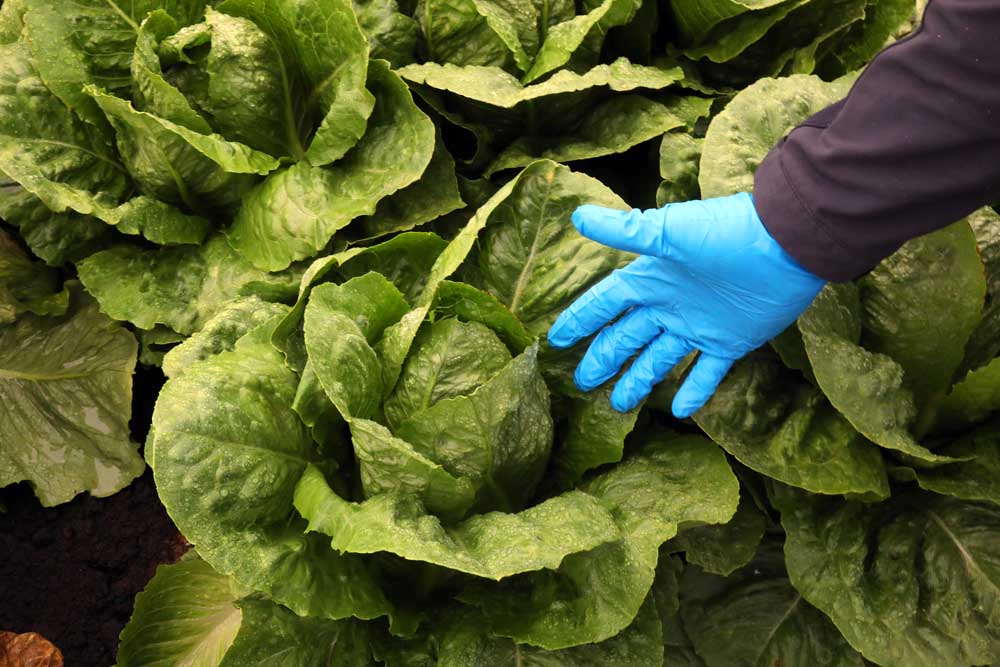E. coli warning issued for romaine lettuce
Published 12:00 am Wednesday, November 21, 2018

- Romaine lettuce before it was harvested on a farm in Salinas, California, Oct. 3, 2018. In a sweeping alert issued on Nov. 20, 2018, federal health officials warned people not to eat romaine lettuce anywhere in the country, after 32 people in 11 states fell sick with a virulent form of E. coli, a bacteria blamed for a number of food-borne outbreaks in recent years. (Jim Wilson/The New York Times, file)
Federal food safety officials are warning consumers away from romaine lettuce again after another outbreak of a deadly strain of E. coli bacteria hit 13 states and two Canadian provinces, sending 11 people to hospitals and sickening another 39.
The public warning issued Tuesday by the U.S. Centers for Disease Control and Prevention and the Public Health Agency of Canada comes eight months after a deadly outbreak centered around the Yuma, Arizona, cultivation region killed five people. U.S. and Canadian authorities believe the current outbreak, first reported in early October, is unrelated.
The culprit strain of E. coli has the identical genetic fingerprint of the bacteria behind a rash of food-borne illnesses reported during fall 2017 in Canada, and in January in 15 U.S. states, where it killed one person and sickened two dozen others, the CDC said. Much of the U.S. cultivation of lettuce shifts this time of year to the desert regions of southern Arizona and California.
The CDC advised that consumers “not eat any romaine lettuce, and retailers and restaurants not serve or sell any, until we learn more about the outbreak.”
It applies to any form of romaine — whole heads, hearts, or chopped and mixed. The E. coli strain, known as O157:H57, produces a toxin that is particularly destructive and painful in the human digestive tract, provoking symptoms that can lead to kidney failure.
The Yuma outbreak sparked renewed scrutiny of the U.S. produce industry, including tightened restrictions on cultivation near areas that can be contaminated by cattle feces, which carries the E. coli strain.
Authorities traced the E. coli strain behind last spring’s outbreak to an irrigation canal beside a cattle yard, and they have suggested that growers may have sprayed contaminated water on their crops.







